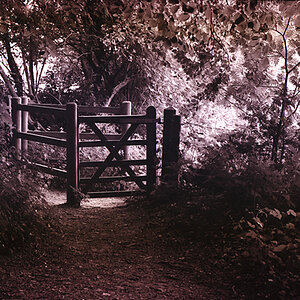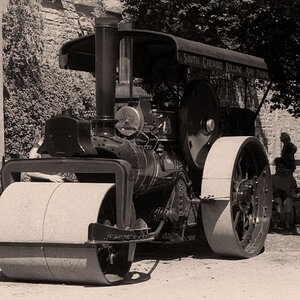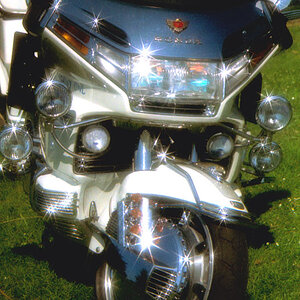||||||||||
TPF Noob!
- Joined
- Feb 1, 2015
- Messages
- 5
- Reaction score
- 0
- Can others edit my Photos
- Photos NOT OK to edit
I know this is long, so I have made BOLD the parts that are important or questions that I have and would like answered.
Brand new here, so first I will introduce myself. My name is Chris. I am in no way a professional photographer nor do I claim to be. Just an average guy with a Nikon DSLR who loves taking pictures. I don't think I am an amazing photographer, but on the same token I don't think I am horrible. I would call myself average at best in the grand scheme of photography, though I have been told I take some professional looking photos (not that it makes me a professional, nor does it mean I agree with that assessment, just what I have been told).
That being said, I am getting bored with my current setup and wanted to slowly add some new lenses.
Here is my current setup:
Body:
-Nikon D40x
Flash:
-Nikon SB-800 Speedlight (just picked this up and have been playing around with it quite a bit)
Lenses:
-Nikkor AF-S DX 18-55mm f/3.5-5.6G VR
-Nikkor AF-S DX VR Zoom 55-200mm f/4-5.6G IF-ED (basically, the two lenses that came with the D40x as an optional package when it was purchased new)
I wanted to add some form of the following lenses to my setup:
-Macro lens (this is probably what I am missing most right now, and am dying to pick one up)
-Some type of prime lens for portrait taking
-Maybe a wide angle lens of some sort
-Fisheye lens (though I think this would probably get the least amount of use, so I can't see paying that much for one)
Lately, I have been thinking about getting the below lens as well:
Nikon Imaging Products AF-S DX NIKKOR 18-140mm f 3.5-5.6G ED VR
Reason being, is that I like to take a lot of photos of my travels around Europe. I find that I am mostly using my 18-55 while traveling around, but I carry my 55-200 zoom lens (which is rather big and a PITA to carry) and switch them out a few times a day at least to take some pictures when the 18-55 just won't give me the reach I need or want. I thought that the above lens would be a good alternative that would give me the features of both lenses (maybe minus some of the reach of the 55-200mm) and would allow me to only carry one lens around with me all day. Then I could keep the other two lenses for when I know I am going to be taking general photos of no so distant objects, and then the 55mm-200mm for when I know I will be taking nothing but pictures where I need the extra reach.
Am I on the right track here, or am I missing something?
Now keep in mind, I am not rich, but I know lenses are expensive and I would expect to spend a decent amount for a good lens. Question is, do I need a $3000 lens? No, I don't. I would like a decent Macro, and a decent Prime, but the rest I am basically just looking to get the best lens for $300 (used) or so. If it absolutely isn't possible to get anything but garbage for $300, I would spend a little more.
So my main question is: what lenses would everyone recommend for me that would satisfy what I said I needed or wanted above? Are there any other lenses you think I would need or would ever want?
Thanks in advance.
Brand new here, so first I will introduce myself. My name is Chris. I am in no way a professional photographer nor do I claim to be. Just an average guy with a Nikon DSLR who loves taking pictures. I don't think I am an amazing photographer, but on the same token I don't think I am horrible. I would call myself average at best in the grand scheme of photography, though I have been told I take some professional looking photos (not that it makes me a professional, nor does it mean I agree with that assessment, just what I have been told).
That being said, I am getting bored with my current setup and wanted to slowly add some new lenses.
Here is my current setup:
Body:
-Nikon D40x
Flash:
-Nikon SB-800 Speedlight (just picked this up and have been playing around with it quite a bit)
Lenses:
-Nikkor AF-S DX 18-55mm f/3.5-5.6G VR
-Nikkor AF-S DX VR Zoom 55-200mm f/4-5.6G IF-ED (basically, the two lenses that came with the D40x as an optional package when it was purchased new)
I wanted to add some form of the following lenses to my setup:
-Macro lens (this is probably what I am missing most right now, and am dying to pick one up)
-Some type of prime lens for portrait taking
-Maybe a wide angle lens of some sort
-Fisheye lens (though I think this would probably get the least amount of use, so I can't see paying that much for one)
Lately, I have been thinking about getting the below lens as well:
Nikon Imaging Products AF-S DX NIKKOR 18-140mm f 3.5-5.6G ED VR
Reason being, is that I like to take a lot of photos of my travels around Europe. I find that I am mostly using my 18-55 while traveling around, but I carry my 55-200 zoom lens (which is rather big and a PITA to carry) and switch them out a few times a day at least to take some pictures when the 18-55 just won't give me the reach I need or want. I thought that the above lens would be a good alternative that would give me the features of both lenses (maybe minus some of the reach of the 55-200mm) and would allow me to only carry one lens around with me all day. Then I could keep the other two lenses for when I know I am going to be taking general photos of no so distant objects, and then the 55mm-200mm for when I know I will be taking nothing but pictures where I need the extra reach.
Am I on the right track here, or am I missing something?
Now keep in mind, I am not rich, but I know lenses are expensive and I would expect to spend a decent amount for a good lens. Question is, do I need a $3000 lens? No, I don't. I would like a decent Macro, and a decent Prime, but the rest I am basically just looking to get the best lens for $300 (used) or so. If it absolutely isn't possible to get anything but garbage for $300, I would spend a little more.
So my main question is: what lenses would everyone recommend for me that would satisfy what I said I needed or wanted above? Are there any other lenses you think I would need or would ever want?
Thanks in advance.


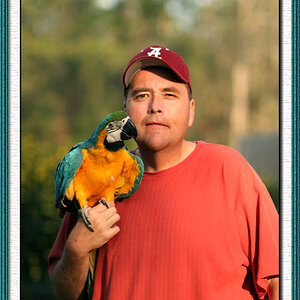

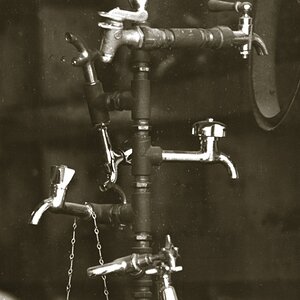
![[No title]](/data/xfmg/thumbnail/40/40288-4d5d7a8aa74ddfceb5fb82062d9b21be.jpg?1619739409)
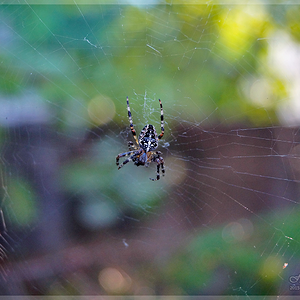
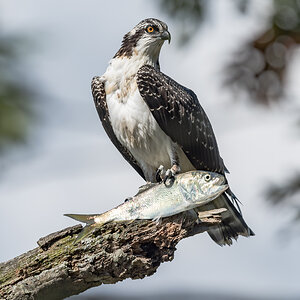
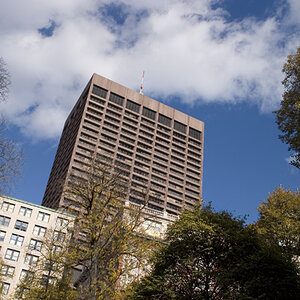
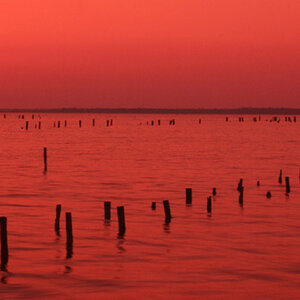
![[No title]](/data/xfmg/thumbnail/40/40286-86401b94de8b01bea8bb4ea154aaea0a.jpg?1619739408)
